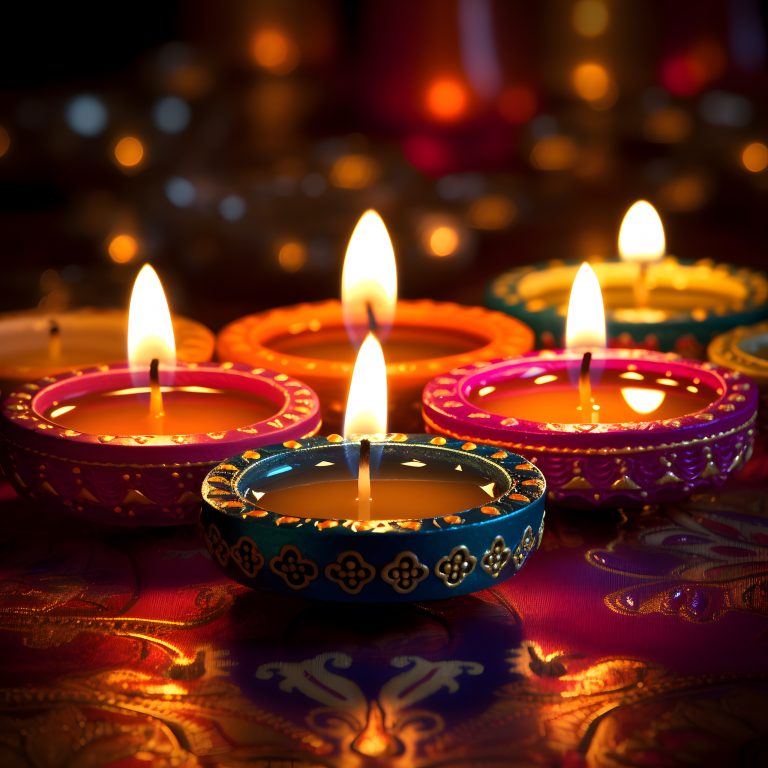Hinduismen // Hinduism
Hinduism is one of the oldest religions in the world. A person who believes in Hinduism is called a Hindu. Hinduism is the third largest religion in the world.
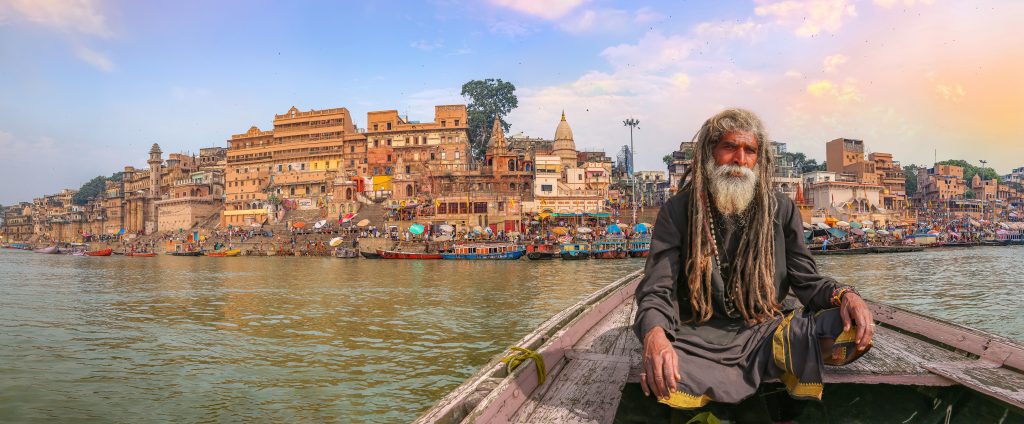
A man sits in his rowboat on the river Ganges by the city of Varanasi in India.
Faith
Hindus believe that every thing in the universe is connected together and ruled by laws. Every human being, animal and plant have certain tasks and this is called dharma.
Hindus believe that every thing that is born, dies and is born anew. This is called reincarnation. It is referred to as Samsara. If you live a good life, you can avoid reincarnation. Then you will be liberated from a life on earth and can live with the gods. This is referred to as moksha.
Gods
There are several million gods and many different traditions and stories in Hinduism. Some gods are especially important, for example the gods Brahma, Vishnu and Shiva. Brahma is the god who creates the world and rules over everything that is created. Vishnu is the god who protects the world and controls the fate of humans. The god Shiva destroys all life, but is also the one who creates new life. Even though there are many gods, a Hindu would say that all gods are actually a version of Brahman. There is a force found in everything that lives.
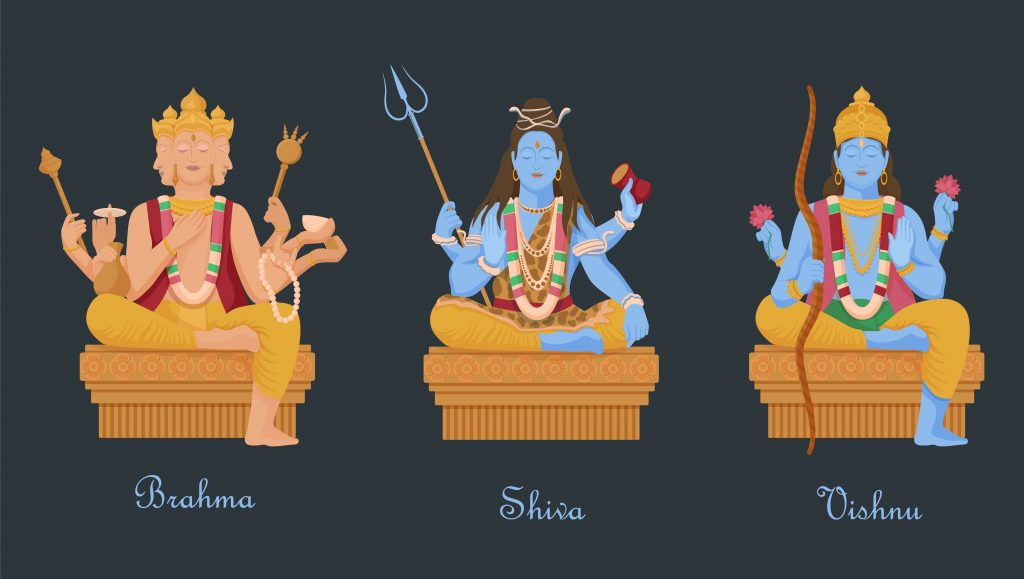
Hindu temples
Temples are spiritual buildings for Hindus. How a temple is constructed and decorated is different wherever it is in the world, but pictures of gods and statues are similar everywhere. Each Hindu temple is built in honor of a god, but it may include statues or pictures of several gods.
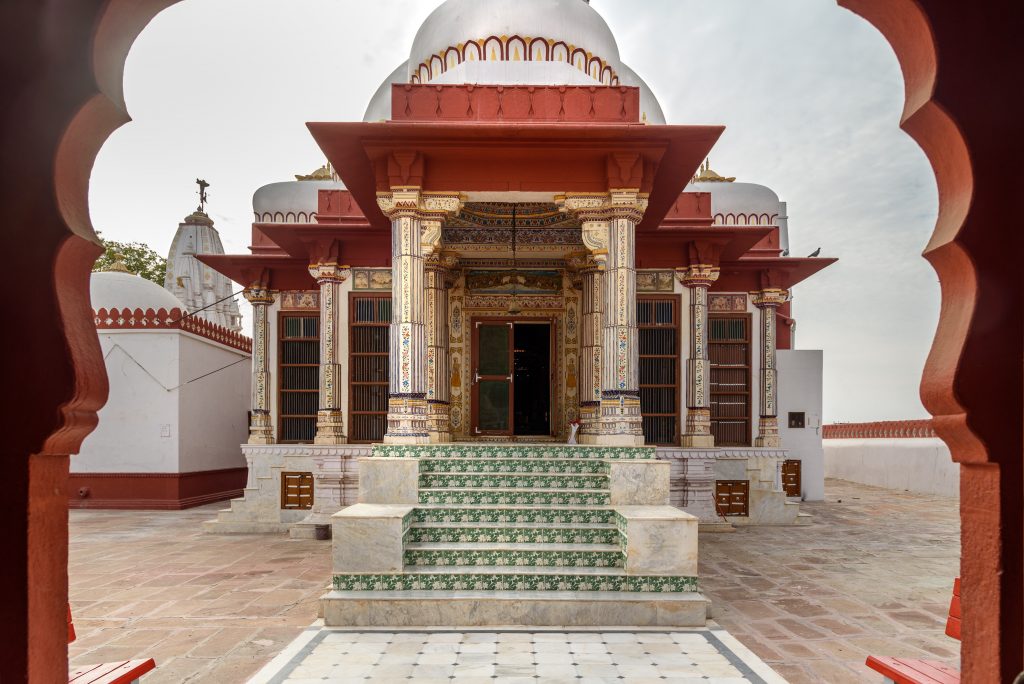
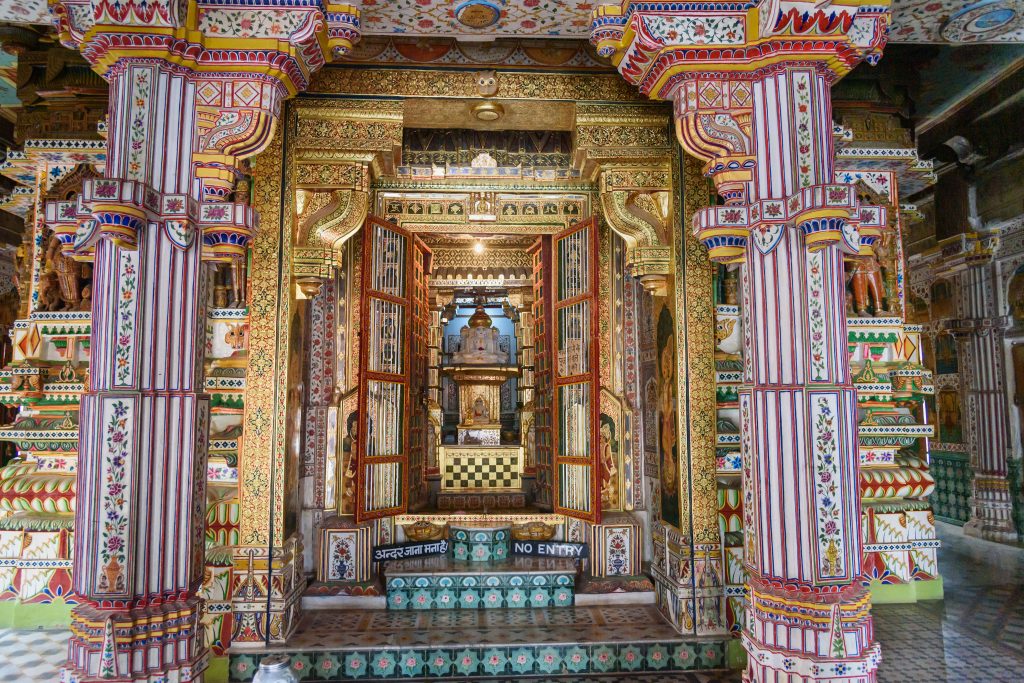
Sacred texts
There are many sacred texts in Hinduism. They explain what is good or bad conduct and how Hindus should practice their religion. Many of the texts are over several thousand years old. Many Hindus listen to the texts when they visit temple. There the brahmin reads aloud the texts for them. A brahmin is a priest.
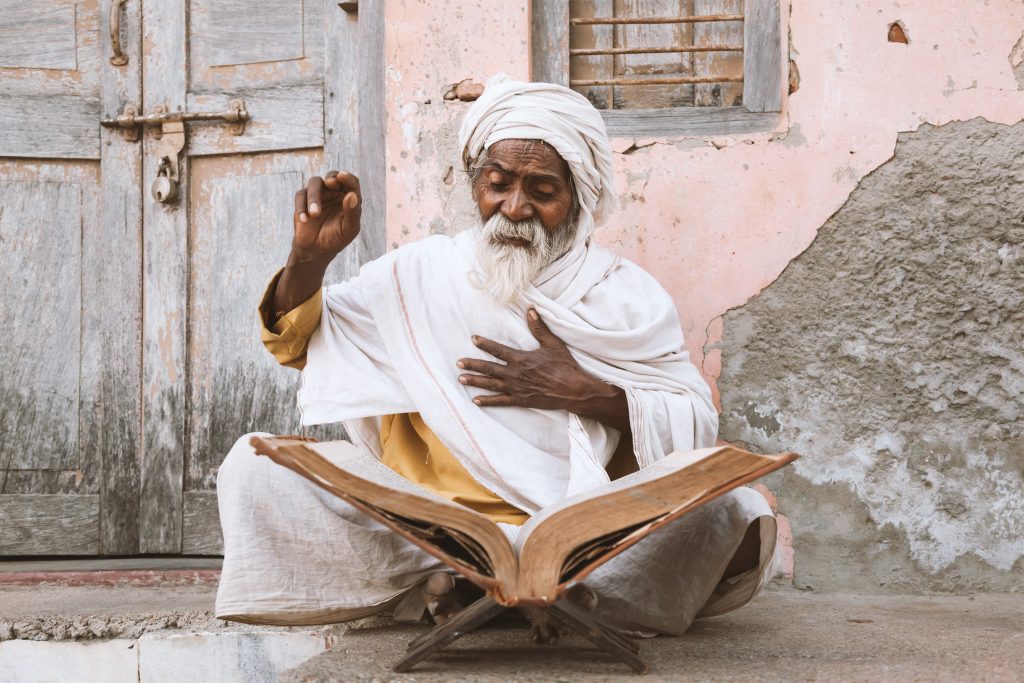

Puja
Puja means to worship god. Hindus may worship the gods in a temple, in their home by an altar or outside in the open air. Puja is performed in front of statues or pictures of the gods. Hindus wash the statues of gods and set out flowers, food and milk before them. One lights candles, burns incense, sings and prays.
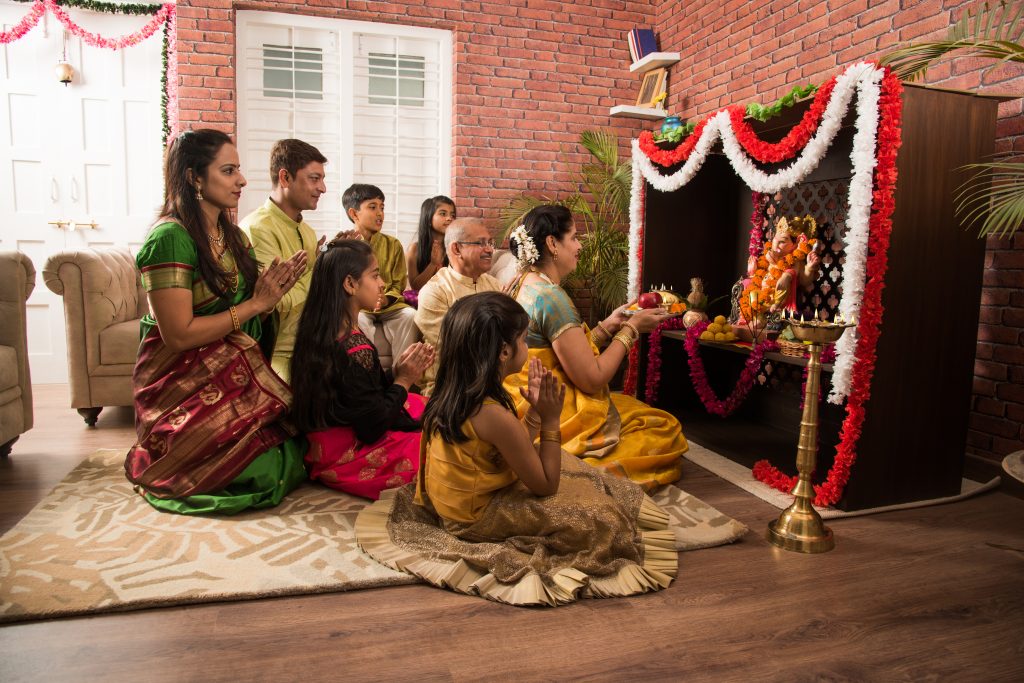
Everyday life
Consideration of every thing that is living is important in Hinduism. Therefore, it is an important rule not to injure that which is alive. The cow is considered sacred. The cow provides milk which humans need. Humans drink their mother´s milk when they are babies or cow´s milk their entire life. Hindus look upon the cow as a mother for all. Cows have many important tasks, and therefore many Hindus have strong ties to cows and will not eat meat.
Hinduism is a way of life. What one does, and not what one believes, is crucial. To show respect is important. For example, it is important to have respect for those who are elders. When a child meets older people or elder family members, they show respect by putting their hands together and greet them. In return, the children receive a blessing.
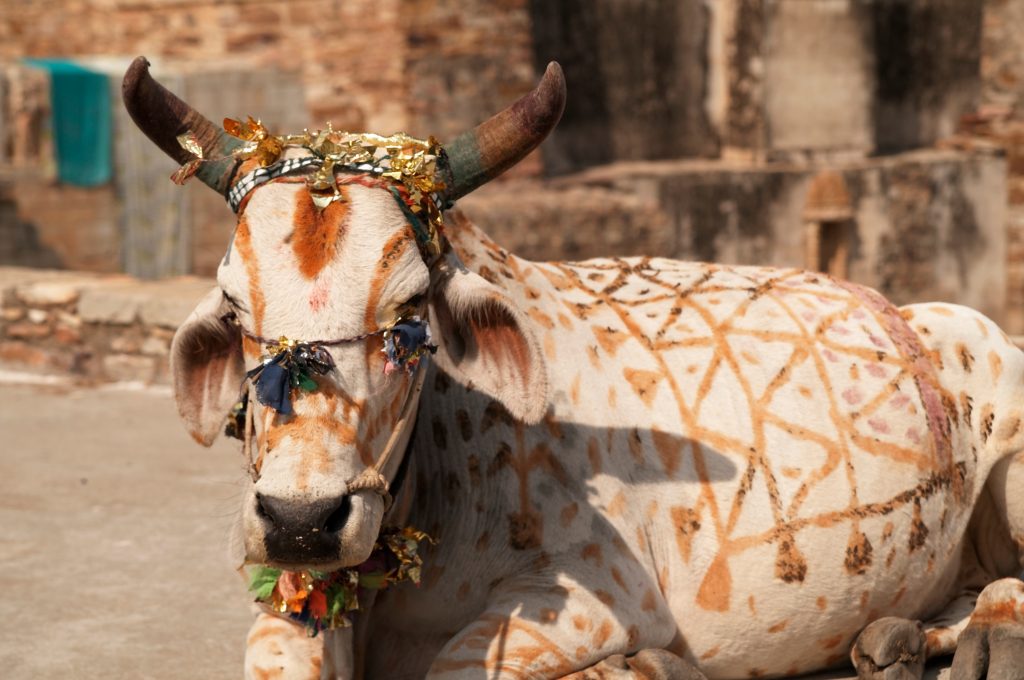
Hindu festivals and rituals
Hindus have several different festivals. How many festivals there are, is difficult to count. There are small festivals which are celebrated in different places and major festivals which are celebrated in the entire Hindu world. Festivals can be about mythological and everyday occurrences or both. Divali and Holi are two festivals in Hinduism. Divali is a Festival of Lights. Light helps the gods. Darkness disappears so that good shall win over evil. Holi is a festal of color. Holi marks the start of spring. All the colors symbolized by a diversity of colorful plants, are a wish for a prosperous year.
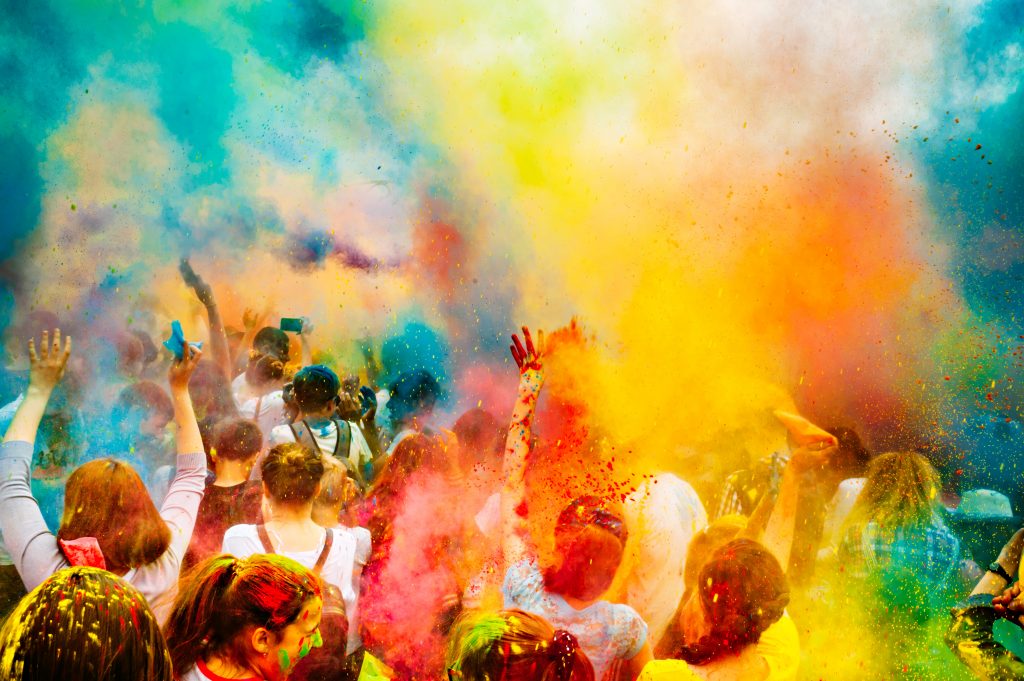
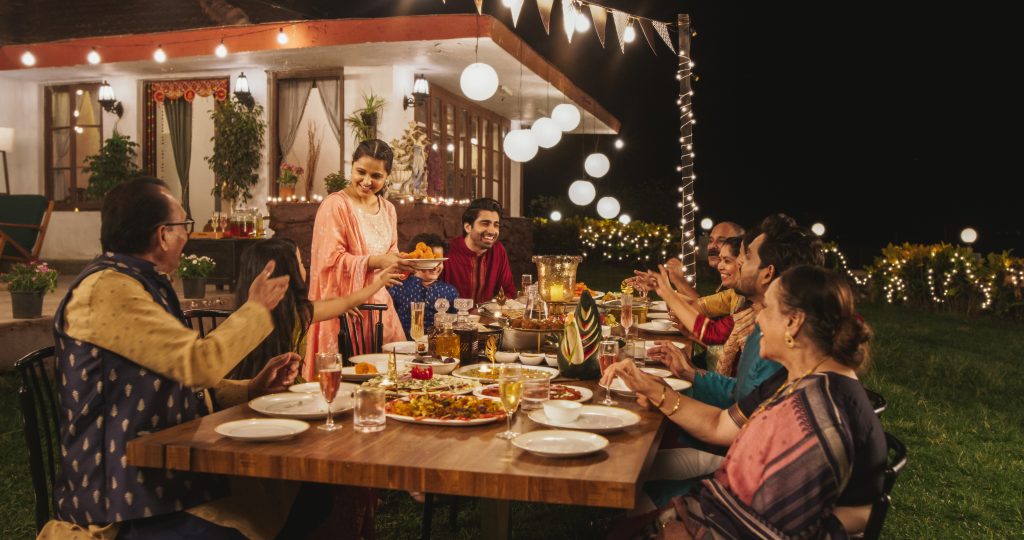
Rites de passage are important in Hinduism. Ceremonies or different actions mark Hindus´ passage from one stage in life to another. Some examples of this are marriage or the transition from childhood to youth. Another transition is marked in the sacred string ritual. In this ritual, boy children receive a red string around their wrist. They are welcomed into the religion and are now ready to learn the sacred texts. Festivals and rituals are celebrated and marked differently in different countries and areas and from person to person.
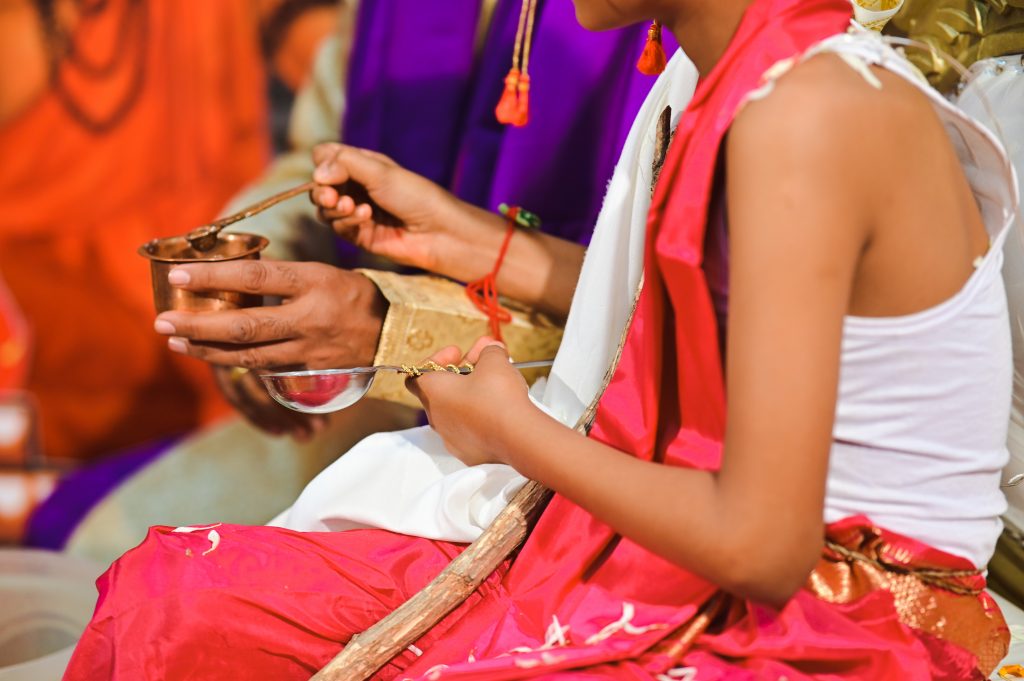
Hindus’ sacred places
A lot of Hindus live in India. Therefore, there are many places in India which are sacred for Hindus. Hindus believe that one can be saved by being in sacred places. The river Ganges and Himalayan mountain range are considered divine. Hindus believe that the god Shiva is connected to the Himalayas and the river Ganges. To bathe in the Ganges is a traditional ritual. It is believed to be cleansing and saving. Many travel as pilgrims to the Ganges and the holy city Varanasi in order to perform rituals.
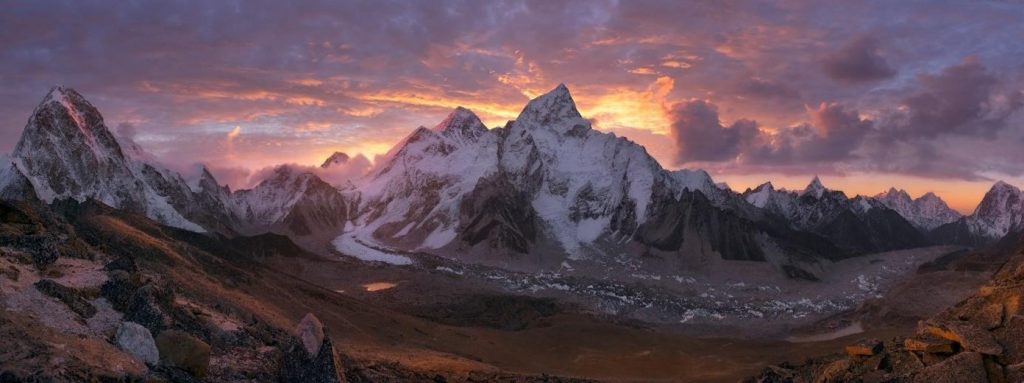
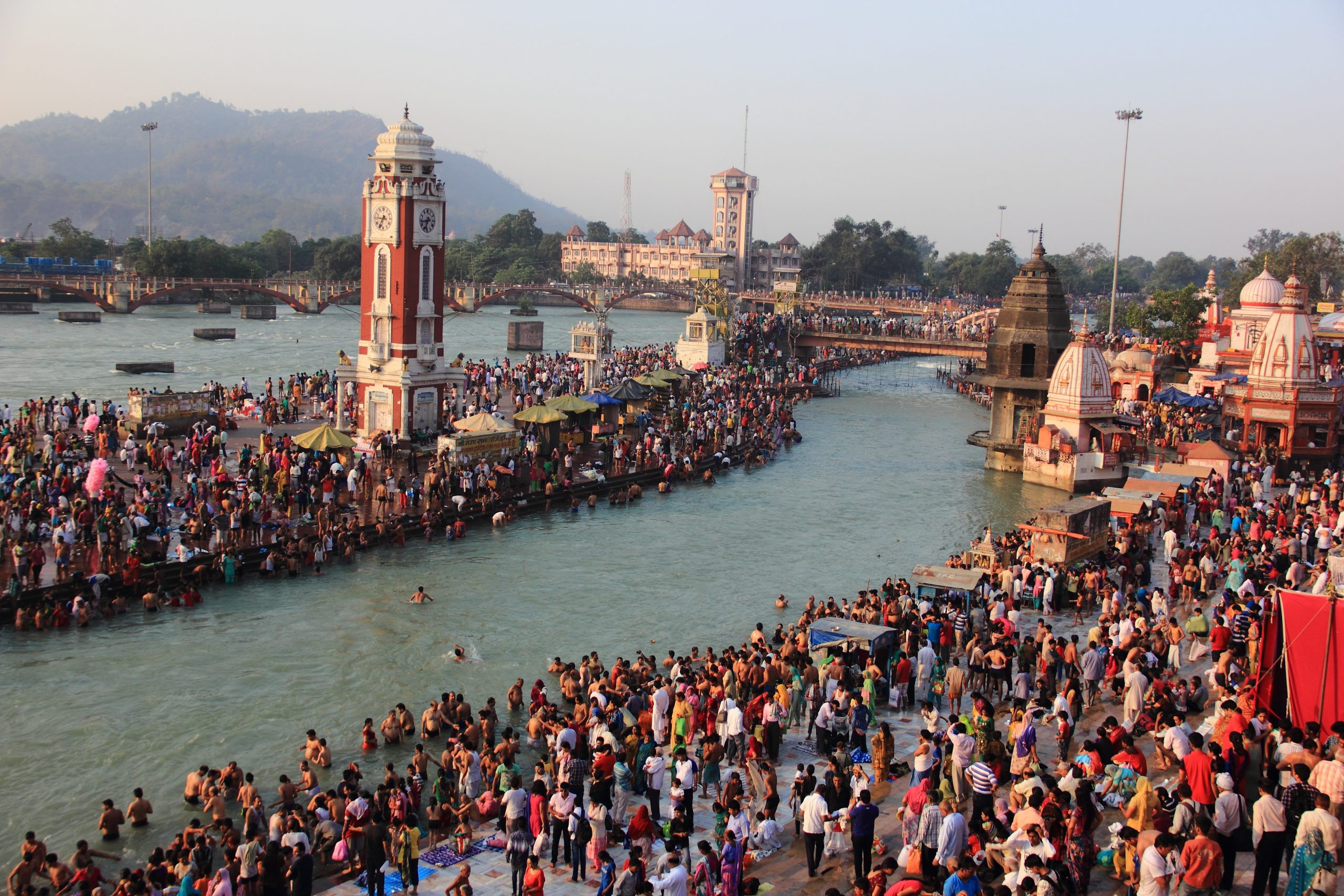
Bathing in the Ganges is a ritual.
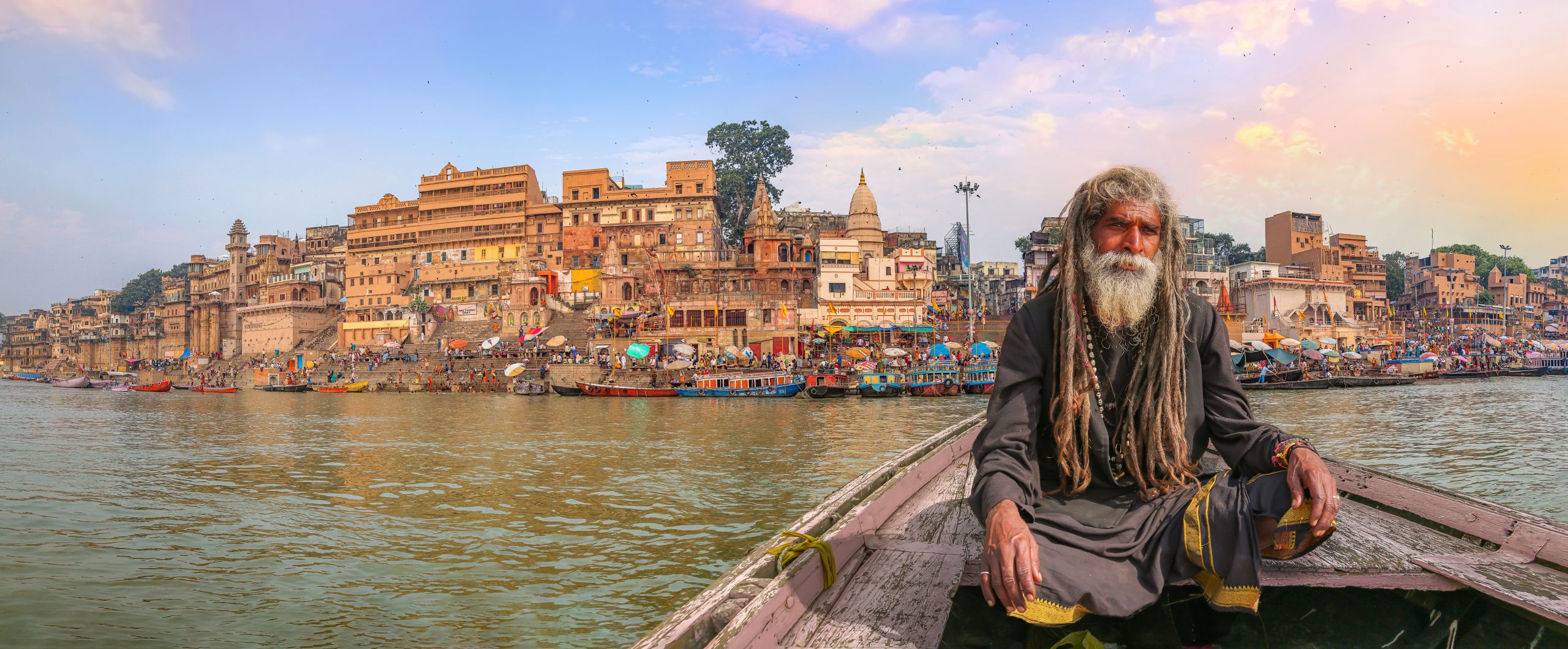
A man sits in his row boat on the River Ganges by the city of Varanasi in India.
.
Learn more about Hinduism
-
Bildekort: Divali // Picture Cards: Diwali
Bildekort med ord, bilde og lyd som handler om høytiden Divali
-
Divali // Diwali
En kort lesetekst med bilder og lyd om lysfesten Divali
